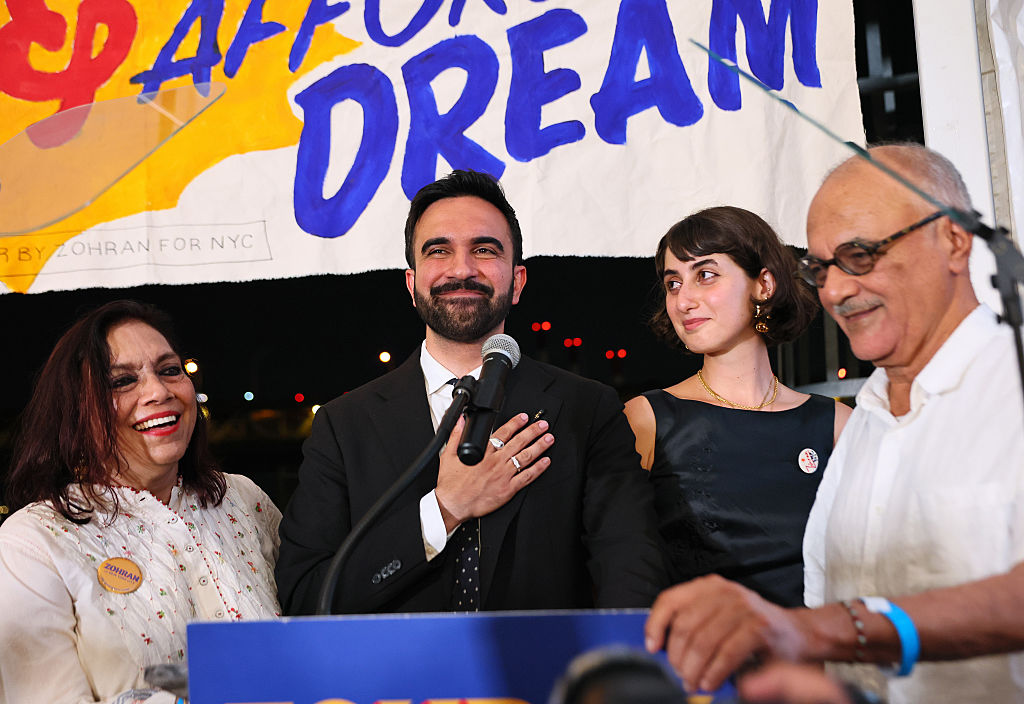Abraham Lincoln's 13 Amemdment Document Survives
Slavery-Ending Document Abe Lincoln Signed Restored
CHICAGO — Time had taken its toll on the nearly 147-year-old document, its surface creased and buckled, its inscriptions faded and an edge yellowed by old adhesive.
SEE ALSO:
Legless Father Pursue’s Son’s Killer
But the rare copy of the 13th Amendment that ended slavery, signed by President Lincoln and lawmakers who voted for it, still was beautiful to James Cornelius and Russ Maki when they pulled it from a vault at the Abraham Lincoln Presidential Library and Museum.
“I was overwhelmed to see it,” said Cornelius, the Springfield museum’s curator, who longed to display the original document, instead of the facsimile visitors see now, during the museum’s celebration of the 150th anniversary of Lincoln’s presidency.
“But it looked up close like the rolling hills of northwestern Illinois, and I was worried about continuing deterioration,” he said. With Illinois’ dismal financial situation, though, Cornelius wasn’t prepared to spend thousands of dollars to have it conserved. So Maki, who owns a paper conservation company in Chicago, volunteered to do it at no charge.
“Everything about this screamed `emergency,'” said Maki. The puckering and wrinkling of the surface – a vellum “paper” made of animal skin – had caused the iron gall ink to weaken and flake away in some areas, leaving little more than a shadow of some of the original signatures.
On Thursday, after months of careful treatment to flatten the document and strengthen the remaining ink, conservators will return the “priceless treasure” to Cornelius, who plans to display it publicly – at least for a while – beginning in February.
“You’re in the presence of what I would consider to be one of the most important documents in our nation’s history,” Maki said last week in his company’s work studio, giving The Associated Press a peek at the document whose whereabouts have been kept secret since it left Springfield in the spring. “It really takes your breath away to be involved in something of this level of historic importance to our country.”
There are at least 14 duplicate copies of the 13th Amendment signed by Lincoln. Congress passed it two years after his 1863 Emancipation Proclamation and it represented the culmination of his efforts to end slavery. But he apparently stopped signing the duplicates after lawmakers complained he was overstepping his executive powers because constitutional amendments are passed by Congress and ratified by the states.
Some of the documents were signed by just Lincoln, the vice president and the House speaker; some were signed just by members of the House and some have both senators and representatives. Others survive without Lincoln’s signature, though they’re considered less rare and valuable, said Seth Kaller, a well-known New York dealer in historical documents – including the few copies of the 13th Amendment that have come on the market.
“A lot of the names … would otherwise be forgotten to history, but they were really courageous people,” said Kaller. “It’s the amendment that put America back on the path that it was meant to take, when you think of the founding of the country and the ideals of the Declaration of Independence. Here they (were) talking about freedom and liberty and meanwhile we still had slavery in our country.”
The commemorative copies were produced by those involved in passing the amendment, “because they realized it was the most important legislation of their lives,” Kaller said. Most copies are thought to have been passed around because the order of signatures differs and some were even signed by the same person twice, he said.
Illinois was the first state to ratify the amendment, but it wasn’t until June 1941 that state historians acquired a copy from a manuscript dealer, for $3,000. Dated Feb. 1, 1865, it was signed by Lincoln, Vice President Hannibal Hamlin, House Speaker Schuyler Colfax and 141 other members of Congress.
Since then, it rarely has been displayed publicly, housed first in a vault at the state’s former Centennial Building in Springfield, and later in the Old State Capitol, neither of which had museum-quality climate controls to prevent deterioration. It probably was displayed occasionally in the buildings, though state records are sketchy, Cornelius said.
Former Illinois Historian Tom Schwartz said when he started that job in 1985, the document was framed and in a vault. He took it out of its frame, had it re-stretched by a conservator and returned it to the vault.
The amendment was displayed on a five-city tour of Illinois in 1988. When the state-of the-art Lincoln presidential museum opened in April 2005, it was displayed for a year and then again for one night, Feb. 11-12, 2009, for Lincoln’s 200th birthday. Otherwise, it has been wrapped in acid-free tissue and lying flat on a low shelf in the vault, Cornelius said.
Christina Marusich, head conservator at Maki’s Graphic Conservation Co., said she and her colleagues spent months examining the 16- by-20-inch document and talking about how best to conserve such a valuable and fragile piece before finally performing the actual work over several weeks.
The biggest concerns were two heavy creases from past folding, a puckered surface and ink that had weakened over time. The vellum was suspended in a humidification chamber for a couple of hours to relax the creasing and rehydrate the ink layer, which helped it reattach to the vellum. Then, it was put into a press for about a week, where it was flattened under gentle pressure. The process was repeated before it was placed in a custom storage mat that prevents anything from touching its surface.
Cornelius said he’s never had the document appraised. But Kaller said only six have come on the market in the last 40 years, including one he bought for a client at auction in 2006 for more than $1.8 million. Two have since sold privately for more money, he said.
For Cornelius, the value is historical, not monetary.
“The amendment represents the will of the people, but (Lincoln) made it possible,” with his Emancipation Proclamation that helped change public opinion toward slavery, Cornelius said. “Today we need to remember both, because … together they made the promise of the Declaration of Independence come true.”
SEE ALSO:















